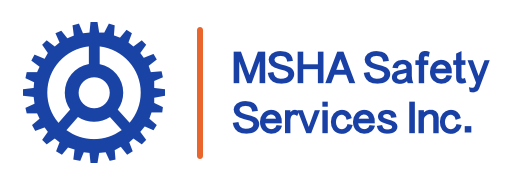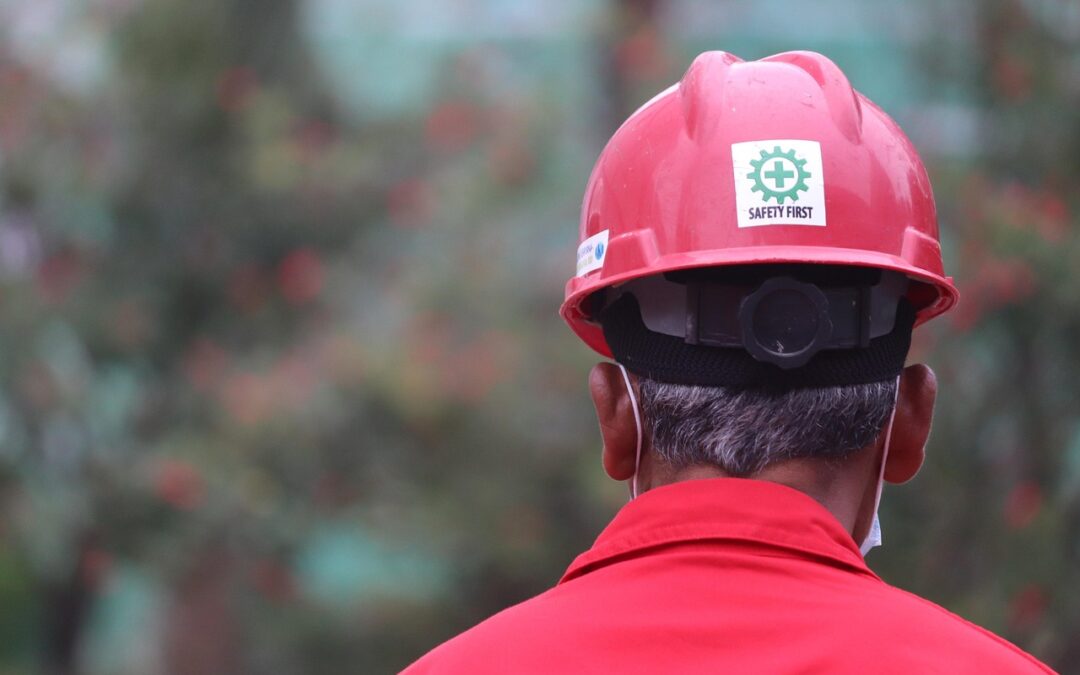In underground coal mining, unexpected dangers like coal bursts and roof falls can strike without warning. These events put miners’ lives at risk and can halt operations in seconds. That’s why having a clear, practiced emergency response plan is not just a good idea—it’s a life-saving necessity. A proactive approach, including training, communication, and strict compliance with safety standards, can greatly reduce the impact of these emergencies.
Identifying Risk Factors to Strengthen Emergency Response to Coal Bursts and Roof Falls
Recognizing early warning signs is a key part of any emergency plan. Factors like excessive stress on rock layers, previous fall zones, unusual seismic activity, and audible cracking noises can signal an increased chance of a coal burst or roof collapse. Incorporating geotechnical monitoring tools and conducting regular risk assessments allow crews to anticipate trouble and act fast.
Best Practices for Roof Fall Prevention and Emergency Evacuation Procedures
The best defense is a strong offense. Preventing roof falls starts with quality support systems like roof bolts, steel arches, and wire mesh. Regular inspections ensure these supports remain effective. Emergency evacuation procedures must be simple, well-practiced, and clearly posted. Every team member should know the nearest escape route and the fastest way to alert others.
Training Mine Workers in Best Practices for Roof Fall Prevention and Emergency Response
Training is one of the most effective ways to improve emergency response to coal bursts and roof falls. All miners should learn to:
- Identify roof instability and stress signs.
- Properly install and maintain roof supports.
- Evacuate calmly and efficiently.
- Use emergency communication systems.
Regular drills and refresher courses build confidence and readiness.

Establishing Immediate Protocols for Emergency Response to Coal Bursts and Roof Falls
Once an incident occurs, time is critical. Immediate response protocols should include:
- Sounding alarms and stopping operations
- Conducting a headcount and evacuating non-essential personnel
- Notifying supervisors, MSHA, and emergency services
- Deploying trained rescue teams if safe
Quick and organized action prevents further injuries and supports faster recovery.
Emergency Communication Strategies During Coal Burst and Roof Fall Incidents
In emergencies, clear communication saves lives. Equip mines with durable communication systems like radios and underground signal boosters. Establish a central command system that coordinates rescue, medical, and evacuation efforts. All staff should know how to report incidents and who to contact first.
Rescue Equipment and Techniques in Emergency Response Scenarios
Having the right tools on hand is essential. Mines should be equipped with:
- Roof jacks and hydraulic supports for stabilizing ceilings
- Ventilation equipment for clearing dust and gases
- Stretchers and harnesses for victim extraction
- Drones or robots for inspecting unstable zones
Rescue teams must be trained to use these tools quickly and safely.
Medical Response and On-Site First Aid During Coal Burst and Roof Fall Emergencies
Immediate medical care can mean the difference between life and death. First-aid stations should be stocked and accessible, with staff trained in:
- CPR and wound care
- Stabilizing fractures
- Managing shock
- Transporting injured workers to safety
Mine operators should also establish partnerships with local hospitals for rapid emergency transfers.
Post-Incident Review: Improving Emergency Response to Coal Bursts and Roof Falls
After the dust settles, it’s time to learn and improve. Post-incident reviews involve:
- Documenting the timeline and response actions
- Interviewing involved personnel
- Analyzing root causes and communication gaps
- Updating emergency protocols and training programs
Transparency and follow-through turn each event into a learning opportunity.
Ensuring MSHA Roof Control Compliance in Emergency Response Procedures
MSHA requires all coal mines to have a roof control plan that covers emergency procedures. Regular audits and updates to these plans ensure that emergency responses stay current and compliant. This includes:
- Listing evacuation routes and emergency contacts
- Detailing rescue equipment and personnel roles
- Reporting all roof falls to MSHA promptly
Compliance strengthens safety and legal accountability.
Integrating Protocol, Training, and MSHA Roof Control Compliance for Safer Mines
Creating a safer mining environment starts with preparedness. By integrating proven protocols, comprehensive worker training, and strict adherence to MSHA roof control compliance, mining operations can significantly reduce the risks associated with coal bursts and roof falls. Proactive risk identification, clear emergency communication, and well-maintained rescue equipment all play vital roles in minimizing harm when incidents do occur. Most importantly, fostering a culture of safety—where every worker understands and practices prevention and emergency response—ensures that when the unexpected happens, everyone is ready. In the end, safety isn’t just about regulations; it’s about people going home safely every day.

